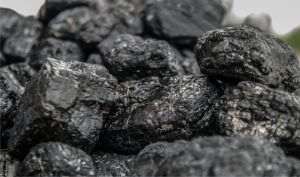Without money you can do nothing, neither on Earth nor in space. NASA is looking for ways to bring rocks taken from Mars to Earth, faster and less expensively, the American space agency announced, after criticism of its budget, considered "unrealistic". This announcement comes in the context of the Chinese Tianwen-3 mission, which will bring samples from the "Red Planet", to be launched around 2030, according to Chinese state media, amid the rivalries between the two great powers.
NASA and the European Space Agency (ESA) plan to land a vehicle in the vicinity of the Martian crater Jezero, where the Perseverance rover has spent several years searching for traces of ancient microbial life that could have existed billions of years ago, when Mars was a planet. warmer and wetter than it is at present. Thirty tubes of samples taken by the Perseverance rover would be loaded into a small rocket and launched into Martian orbit, where another spacecraft would be waiting to bring them back to Earth. But a recent audit by an independent review board was a cold shower on the hopes of NASA engineers. According to that audit, the mission was conceived "from the very beginning with unrealistic expectations in terms of budget and schedule" and that it has an "almost zero" chance of meeting the planned launch dates.
Experts in the field believe that the total costs could reach 11 billion dollars - almost double compared to what NASA had announced.
Revising its declining ambitions, the American agency now envisages studying new proposals from the space industry with which it collaborates for its missions. "In order to move forward faster, we probably have to decrease the number of samples," Nicky Fox, an employee from NASA, said to the media, without giving more details.
Also, NASA is under constraints imposed by the US Congress and had to reduce its budget requests by 2 billion dollars for the year 2025. In addition to the Tianwen-3 mission to Mars, China could also become the next country to send people to the moon by 2030. Through the Artemis 3 mission, the United States is supposed to send an astronaut crew to the moon in 2026 for the first time since 1972, but there is already a delay in the launch date.
























































